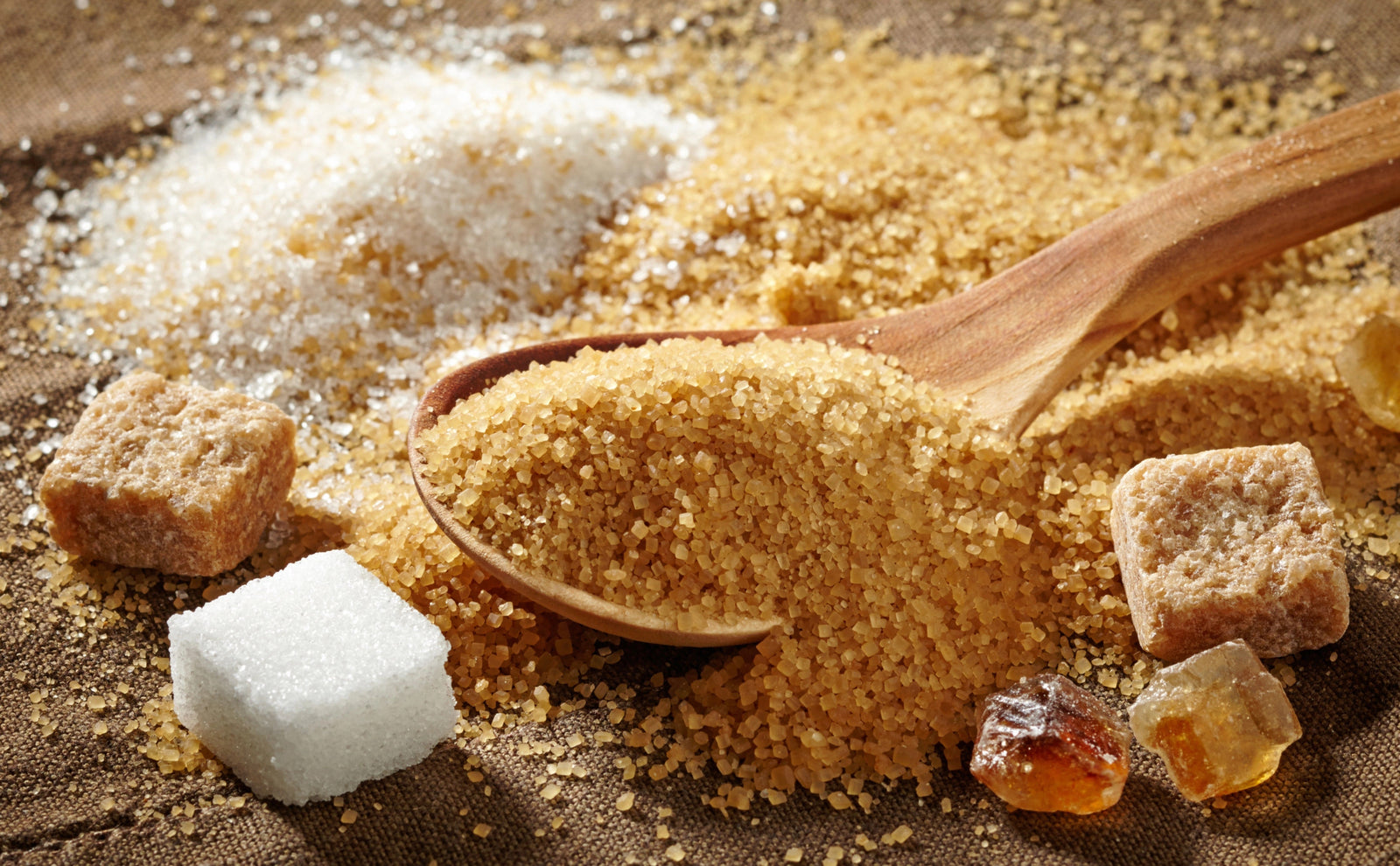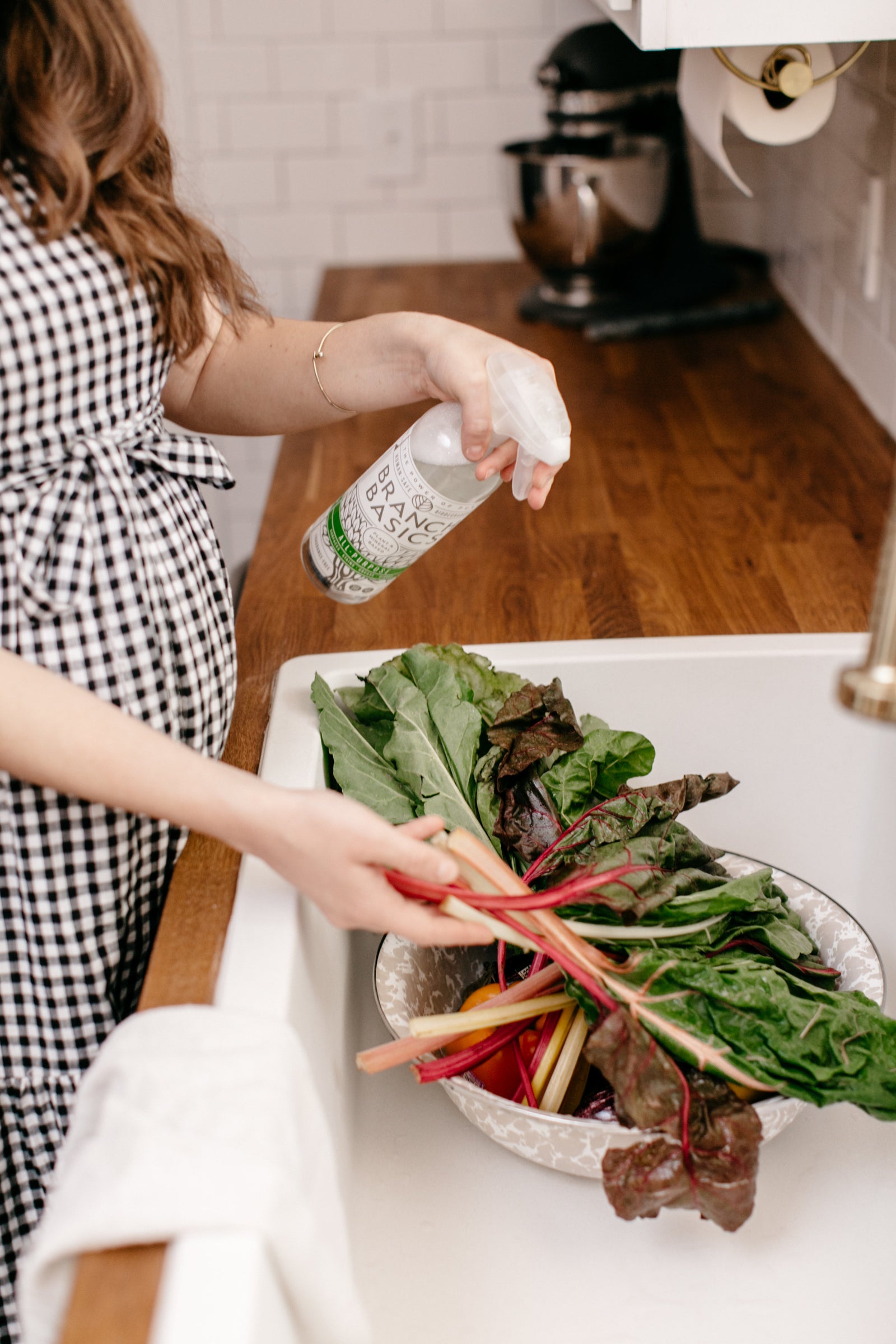The Bizarre Truth About “Natural Flavors”

If you aim to eat a diet rich in nutrient-dense whole foods, then you probably take extra steps to avoid ingredients like food dyes, MSG, artificial flavors and preservatives.
However, the term “natural flavor” found on a wide variety of organic, gluten-free, and all-natural packaged foods, typically doesn’t sound the alarm for most health-conscious consumers. After all, a natural flavor sounds like something natural, doesn’t it?
Sadly, this is often not the case.
WHAT "NATURAL FLAVOR" REALLY MEANS (AND WHY YOU SHOULD AVOID IT)
So if a natural flavor isn’t “natural”, what the heck is it? That’s a good question.
According to the Food and Drug Administration a natural flavor is classified as: 1
“...The essential oil, oleoresin, essence or extractive, protein hydrolysate, distillate, or any product of roasting, heating or enzymolysis, which contains the flavoring constituents derived from a spice, fruit or fruit juice, vegetable or vegetable juice, edible yeast, herb, bark, bud, root, leaf or similar plant material, meat, seafood, poultry, eggs, dairy products, or fermentation products thereof, whose significant function in food is flavoring rather than nutritional.”
In plain English: a “natural flavor” is any type of flavor additive derived or altered from a natural plant or animal substance. Whereas “artificial flavors” are derived from petroleum products.
They are both manufactured in labs to produce the same result: a flavor-enhancing additive that makes processed food taste better so we want to eat more (and buy more) of it.
In other words: they make processed foods addictive.
What’s even worse is the name “natural flavor” can be legally used as a smokescreen for all types of harmful ingredients.
MSG and Hidden Harmful Additives: The Dark Side of Natural Flavors
One of the most concerning aspects of natural flavors is that they can contain additives like MSG (monosodium glutamate) or glutamate by-products, which are often used to enhance the savory flavor of processed foods.
The Truth About MSG
MSG is a known excitotoxin, meaning it can overstimulate the brain and lead to harmful neurological effects. Often found in processed foods under the guise of "natural flavors," MSG is linked to a number of health issues, including:
- Headaches and migraines
- Obesity: Due to its ability to stimulate appetite and promote overeating
- Neurodegenerative diseases: Studies have shown a connection between MSG and disorders like Alzheimer’s and Parkinson’s
- Developmental issues in children: High consumption of excitotoxins can impact brain development and behavior
Natural Flavors: Red Flag For Hidden Chemicals
The single word “flavor” in an ingredient list is actually a recipe that may be comprised of upwards of 100 ingredients that may come from some surprising (and disgusting) sources.
For example, you would expect that “natural apple flavor” is juice extracted from an apple. Unfortunately, that is wishful thinking as the apple flavor needs to be preserved and stabilized with chemical agents added to help it mix into the product such as propylene glycol, BHT, BHA, and polysorbate 80.
Castoreum, a “natural flavor” that tastes like strawberry and vanilla, found in ice creams, puddings, and other desserts comes from the castor sac of beavers.
What is a castor sac?
Located on a beaver’s backside, this sac stores the spray they use to mark their territories and is usually mixed with anal gland secretions and urine.
Another example, known as “isinglass”, is often added to beer and wines and comes from the bladders of sturgeons9.
Information like this often comes as a shock to vegans who would otherwise have no idea they were consuming animal by-products. Since both of these substances come from nature (beavers and fish), they can be hidden under the label “natural flavor”.
DECODING LABELS
How can you know what “natural flavor” is in your food? Unfortunately, you can’t.
The FDA doesn’t require food labels to say what’s in their “natural flavors” unless the ingredients include a common allergen like milk, egg, fish, shellfish, tree nuts, wheat, peanuts, or soy. In that case they must put a disclaimer below the ingredient list.
However, if you’re allergic or sensitive to another type of food like seeds, red meat, or anything else, the only way to know is to contact the manufacturer directly.
The good news is, some more transparent natural food companies are now listing what’s in their flavor blend next to the term “natural flavor”, so you can always check the label for that. And sometimes the term is innocent in the case of essential oils used for flavor, you just can’t count on it with most food products.
As always, the best advice is to stay educated and to use commonsense. If an ingredient list says “natural flavor” look for an alternative and/or call the manufacturer to inquire. Better yet, just stick to whole fresh foods from transparent companies you trust.
Related Read: Protein-Packed, Nutrient Dense Snacks: The Ultimate Healthy Guide
How to Avoid Natural Flavors in Your Diet
Avoiding natural flavors can be challenging, especially since they’re hidden under vague labeling. However, there are several steps you can take to reduce your exposure to these additives.
Read Ingredient Labels Carefully
The best way to avoid natural flavors is to read ingredient labels closely. While many companies are required to disclose major allergens, they are not obligated to list the exact components of "natural flavors." However, some brands are more transparent and will list the specific sources of their flavorings. Look for terms like “real fruit,” “spices,” or “herbs” rather than vague "natural flavor."
Choose Whole, Fresh Foods
One of the simplest ways to avoid natural flavors is to focus on whole, unprocessed foods. Fresh fruits, vegetables, whole grains, and high-quality meats are naturally free from these additives. Stick to foods in their most natural state to ensure that you're avoiding hidden chemicals and preservatives.
Look for Certified Organic or Non-GMO Products
While not foolproof, choosing organic or Non-GMO products can often be a good indicator that the food inside is less likely to contain processed additives like natural flavors. Organic certification typically requires more transparency around ingredients, which makes it easier for consumers to make informed choices.
Call the Manufacturer
If you’re unsure about the ingredients in a product, don’t hesitate to contact the manufacturer directly. Many companies are willing to share more detailed information about their ingredient sourcing and processing methods.

The Benefits of Removing Natural Flavors from Your Diet
Numerous studies and anecdotal evidence suggest that removing natural flavors from your diet can lead to a range of health benefits. People who have eliminated processed foods with these additives report improvements in:
- Chronic headaches
- Digestive issues
- Skin conditions
- Mood swings and anxiety
- Behavioral and cognitive issues
One of the biggest benefits of removing natural flavors from your diet is the reduction in food cravings and addiction. Many of the chemicals used in these flavors are designed to trigger the brain’s reward system, making us want to eat more. By cutting out these additives, you can regain control over your appetite and improve your overall health.
Want to learn more about healing your body? Check out How To Use Food As Medicine To Heal
To live a healthy lifestyle, it's essential to have a safe, clean home. Branch Basics has a Trial Kit to help you make the switch to human-safe cleaning.
Want more? Check out the Premium Starter Kit to clean with pure and natural.
Categories

Marilee Nelson
Marilee Nelson is an Environmental Toxins expert who has spent nearly 30 years advocating for the chemically-sensitive and chronically-ill. She is a Board Certified Nutritionist, Certified Bau-Biologist and Bau-Biology Inspector and specializes in Food As Medicine. She has helped thousands of families and individuals identify, heal and recover from toxic exposures and is on a mission to revolutionize the way American families view their health.








